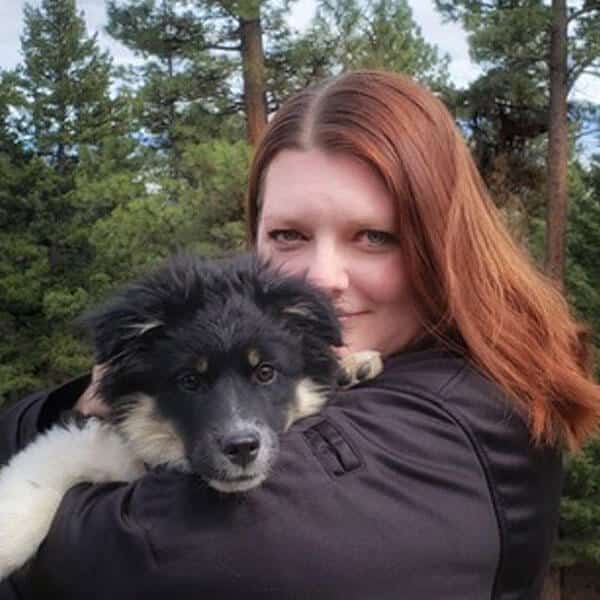My Winter Survival Story — Don’t Make The Same Mistakes!
September 2nd, 2022
5 minute read
When you think of a “disaster,” what comes to mind? For what are you preparing? Typically, those of us who call ourselves “preppers” think about massive events: grid-down scenarios, natural disasters, or even some kind of criminal or terrorist activity.
A real disaster, however, doesn’t have to be on a massive scale. In fact, you might be the only one in it — and the disaster’s lack of scope doesn’t make its potential lethality any less.
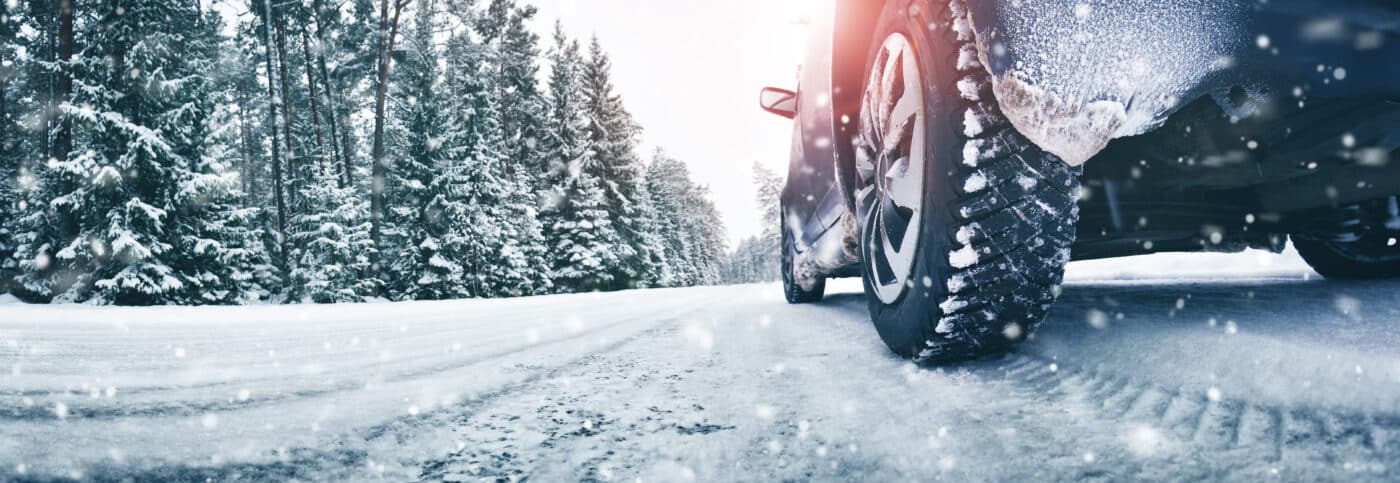
I recently had that point driven home for me on a cross-country road trip that almost resulted in the loss of my toes due to frostbite. While no one likes to admit failure, it’s important for me to be honest about what happened; not only does that self-assessment help me be better prepared in the long run, but it might help someone else. It does no one any good to call it anything besides what it was: a failure.
My husband Eric and I were driving back to Montana from a holiday visit to Wisconsin. It’s normally a two-day trip on decent roads if we push for 10-12 hours of driving per day; we had budgeted four days just in case. A blizzard was coming in with super low temps and high winds, so we wanted to give ourselves plenty of time if we needed to stop an extra night.
Mistake #1: Overconfidence
In our truck, we had everything we could think of that we might need: food, blankets, extra socks, tools, fluids for the truck, a flat tire kit, lights, a medical kit, the list goes on.
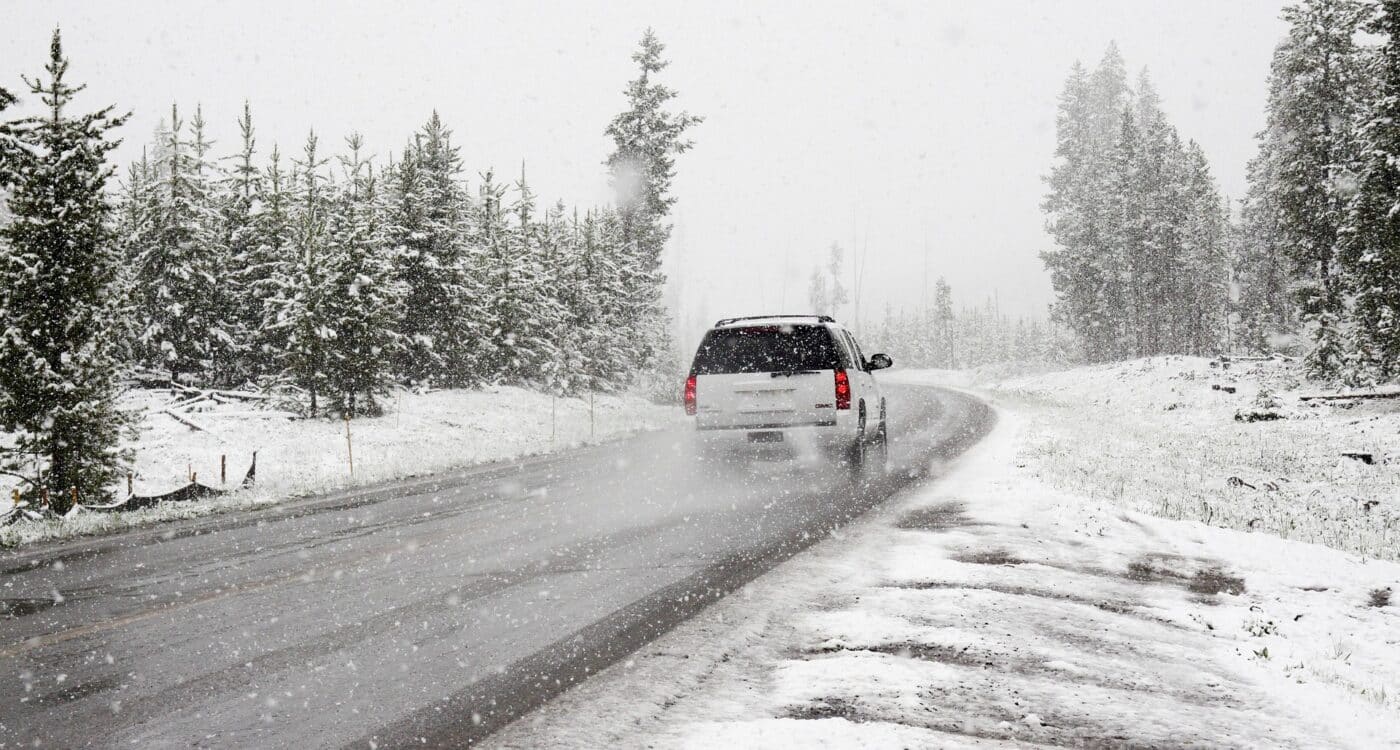
I was pretty confident that we were equipped to handle just about anything, and we would be on the interstate the entire way, driving a new diesel truck that was in tip-top shape. Nothing was going to go wrong, and even if it did, we were ready. What we didn’t realize is that we had forgotten one tiny little thing, that ended up being not so tiny later. That was the first item in our chain of events.
Mistake #2: Overlooking Critical Info
After almost 12 hours of driving that first day, my husband didn’t notice that the gas station where we were filling up didn’t sell diesel with additives in it to keep it from gelling in the tank. We spent the night at a hotel while the wind chill outside dropped to almost -50, realizing about 15 minutes into our journey the next morning that we had a serious problem — the diesel had in fact gelled.
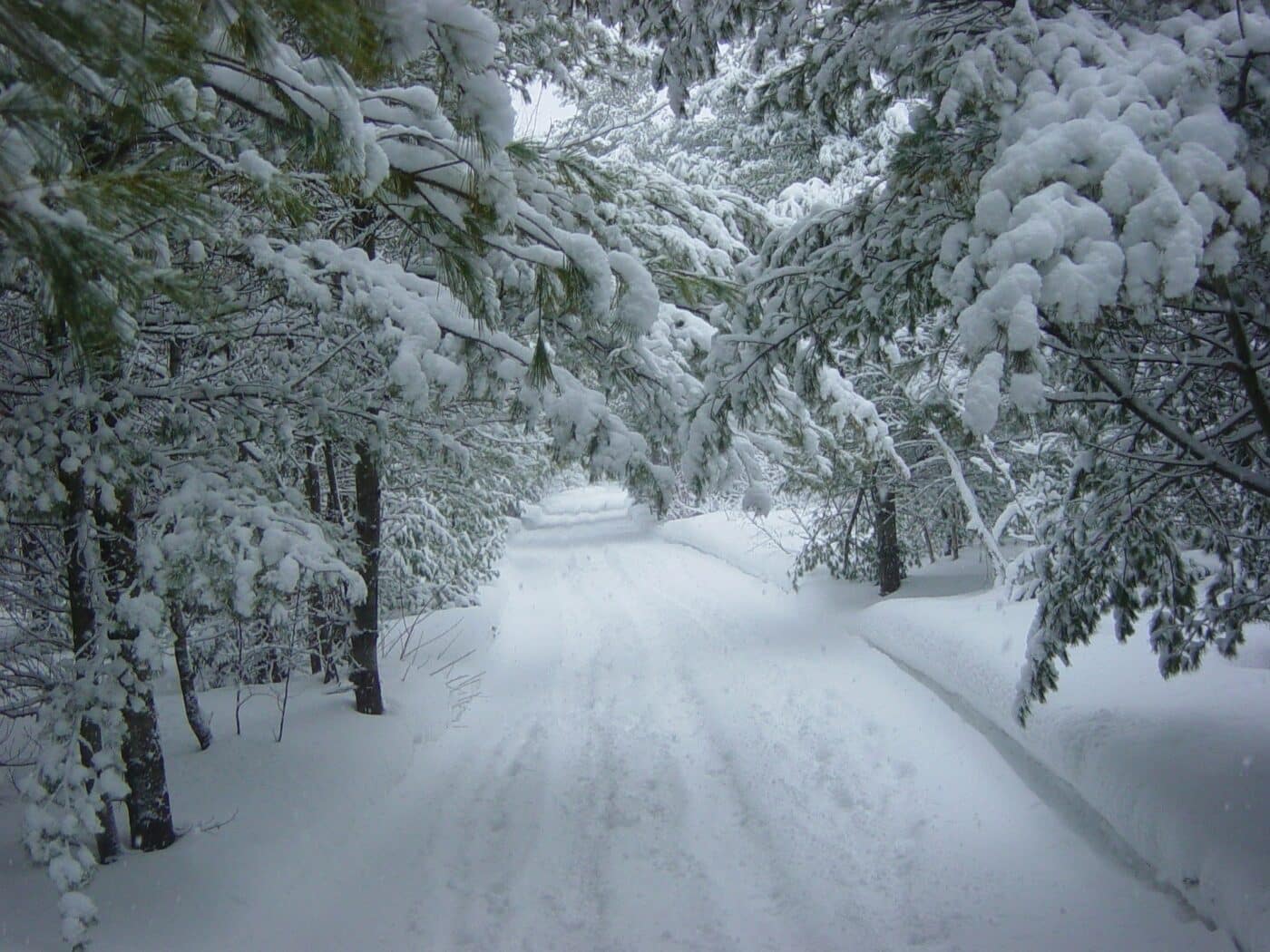
Over the next several hours, we did everything we could to keep going since we were in some pretty desolate country. Eric had even stopped earlier and bought a fuel filter, thinking he may end up needing to change it on the road if the gel condition continued. He didn’t see it as a problem; he’s an experienced mechanic and said it wouldn’t take long to swap out. That was the second item in the chain. We finally got enough additive in the tank to fix the problem — or so we thought. We should have recognized what was occurring: a chain of events that would conspire to be a lot worse than we expected.
Mistake #3: Missing the Bigger Picture
When the truck finally decided to completely fail, we were in a remote stretch of highway in eastern Montana. Eric had pulled off to a tiny gas station, thinking he could change the part in the parking lot while I stayed inside and warm. It was New Year’s Day, however — the gas station was closed. We had no choice: Eric went out to change the part, and I bundled up inside the truck, getting out every so often to jump up and down and move for circulation.
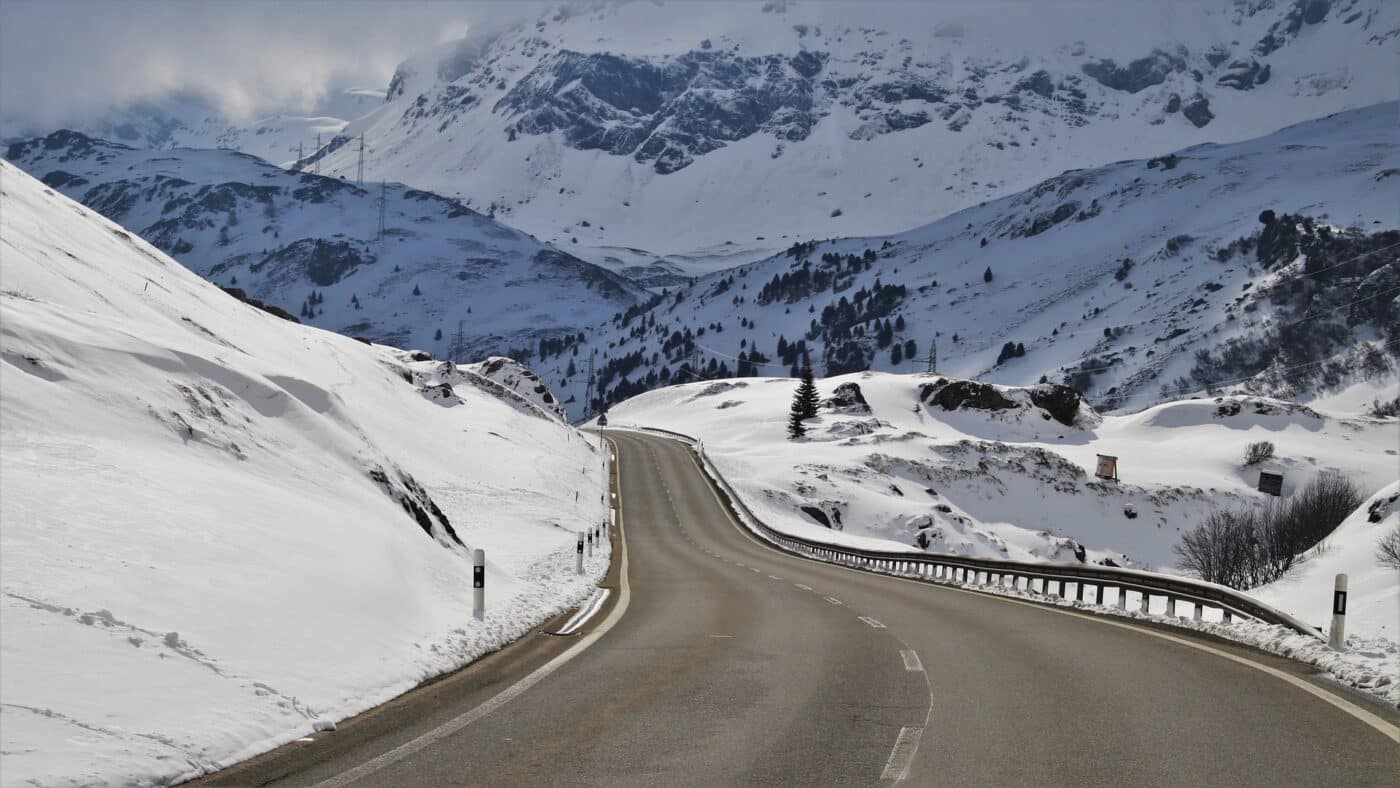
That half-hour he promised turned into almost two hours in -35 wind chill. Even through my wool socks and solid winter boots, after a while I couldn’t feel my feet anymore and I couldn’t stop shivering. I was having a hard time speaking without my teeth chattering, and even with all the tools he had, Eric still couldn’t get the adapter off the filter.
Mistake #4: Forgotten Gear
During that two-hour period, I realized the tiny item we forgot. If I had had handwarmers, I could have slipped them into my boots and kept my feet from freezing. A simple, cheap thing suddenly was the most priceless item ever.
Eric eventually had to call for help. Even with all our lists and preparations and gear, we had still failed and were now in a critical situation. Time to suck up the pride.
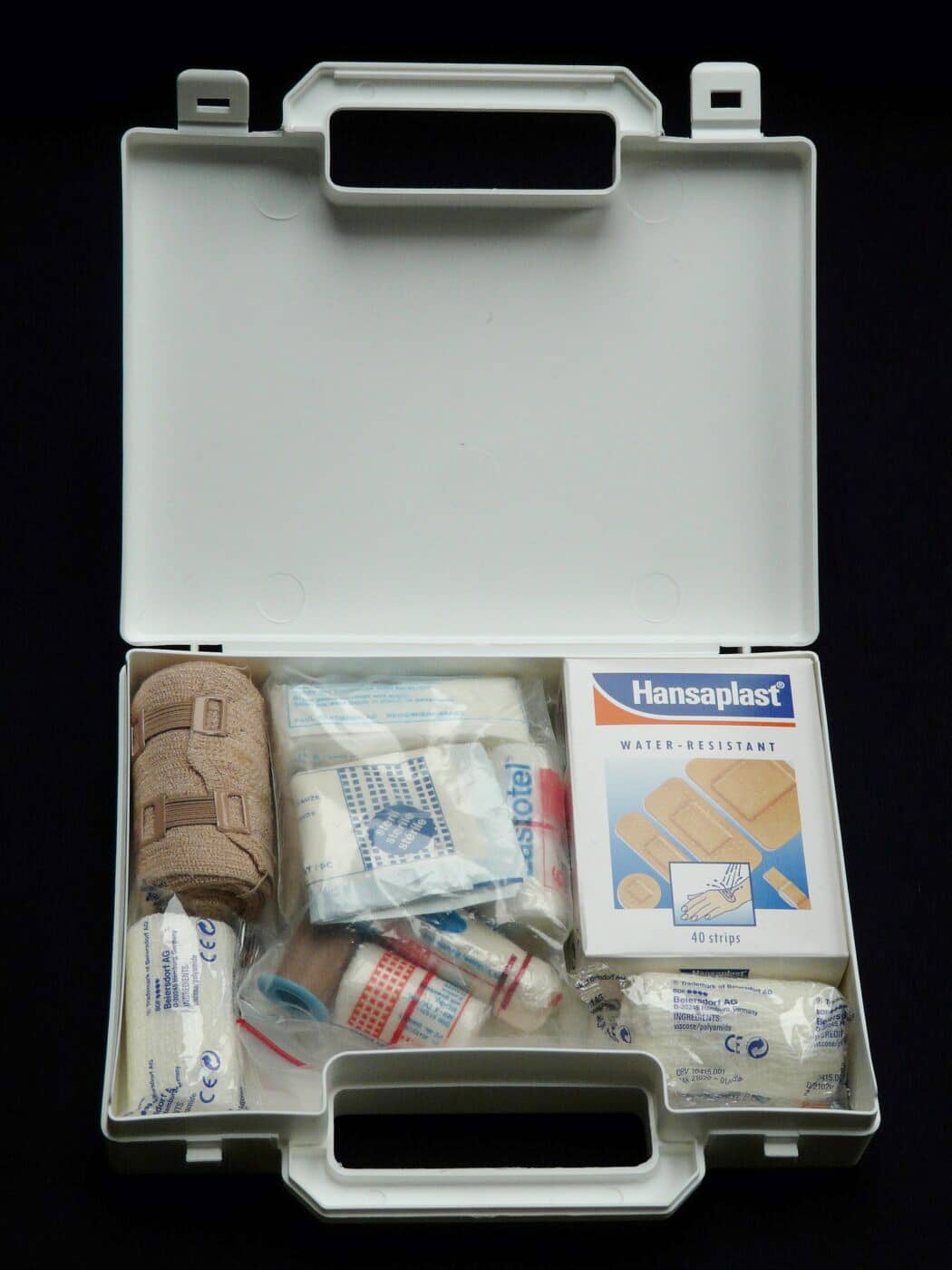
Montana folks, thankfully, are amazing. The local fire department sent a guy down to help get our vehicle into the truck bay at their hall, where they had heat and the wrench Eric needed. I wrapped up in more blankets and guzzled hot coffee, trying to warm myself from the inside. When I took my boots off, my toes and parts of my feet were snow white with patches of gray.
We managed to get home late that night, but I also ended up in the ER. The rewarming process on my feet — an excruciating experience, I can assure you — took hours, during which my toes turned black and blue. I managed to keep all ten of them but have permanently decreased sensation. It took two weeks for them to stop hurting.
I also got a stern warning from the doctor that my feet no longer have any cold tolerance at all. Any future exposure and I would lose several of my toes at best. Now, even walking barefoot on a cold floor causes issues.
Lessons Learned
It doesn’t matter how prepared you are if you’re complacent. Disasters don’t have to be one specific event; they can be a chain of events you missed or one tiny item you didn’t pack. Recognize when that pattern is occurring and know your limits.
It was a humbling lesson for us, and now I can look back and think of 10, even 20 different ways we could have averted that crisis. In the moment, however, tunnel vision can creep in, making your decisions less than brilliant. One thing is for sure: we learned the lessons that day taught us. Hopefully, you can learn from our mistakes too.
Oh, and go buy some handwarmers.
Editor’s Note: Be sure to check out The Armory Life Forum, where you can comment about our daily articles, as well as just talk guns and gear. Click the “Go To Forum Thread” link below to jump in!
Join the Discussion
Continue Reading
Did you enjoy this article?

 309
309





